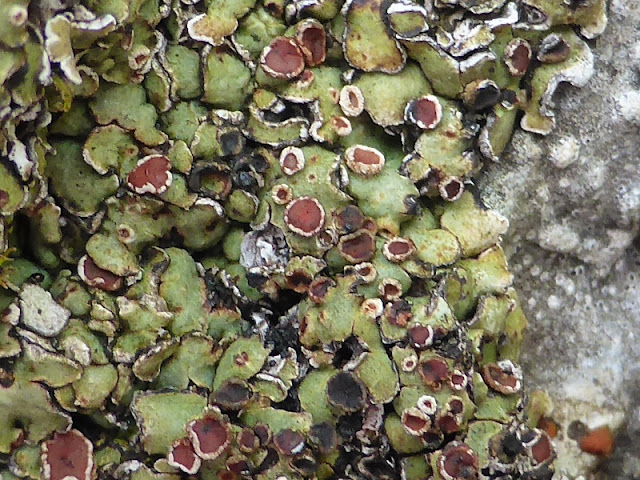A mile south of Settle on the A65 lies the Courtyard. - with an art gallery, some beautiful carved furniture, a cafe, a cheese shop and a wine shop. Sometimes I give myself a treat by stopping off their on the way home.
The cheese shop board (bottom left) says "Small producers. small herds, big flavours"
This time I bought
some Wensleydale cheese from a small farmer -(not the main dairy at Hawes)
some biodynamic cheese from North Yorkshire and some cheese from Botton Village (Camp Hill Community) from the Botton Dairy

And where did the cheese and wine end up?
I took the three packets of cheese to the Bring and Share "LOAF" meal at Bristol Held before the Green Christian Annual Members Meeting - where it was much appreciated.
It tasted delicious.
And the wine?
I was chairman at Craven Speakers Club last week, and the chairman has to bring a raffle prize. So I gave the wine for the raffle - We keep our standards high!.
That means I'll have to pay another visit to the Courtyard!







































